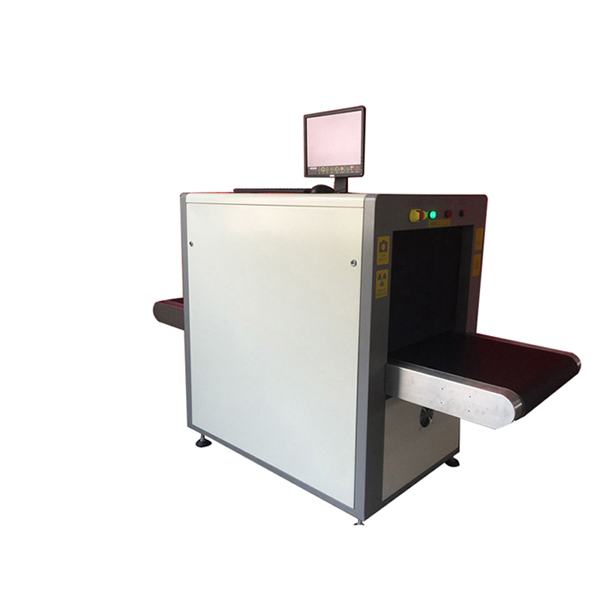

Most early poets writing in English were part of a tradition that embraced Latinate metrical patterns.

To put it simply, students of prosody study how poetry formulates sounds and what effects those sounds produce. It is the study of how the sounds of words functioning in a metrical network can affect a reader’s understanding and reaction to a poetical work. The study of prosody investigates how verse creates, maintains, destabilizes, and even avoids the acoustic patterns of language. as this relates to versification (more generally) the patterns of rhythm and sound used in poetry. The branch of knowledge which deals with the forms of metrical composition, and formerly also with the pronunciation of words, esp. However, when prosody is discussed, particularly in modern academic settings, what is usually meant is something more in line with the OED‘s technical definition of the word: In 1910, George Saintsbury called it “the study of the constitution of verse.” 1 By his definition, prosody is the study of all aspects of the making of verse itself.

4 The Four Basic English Feet (and two others).


 0 kommentar(er)
0 kommentar(er)
